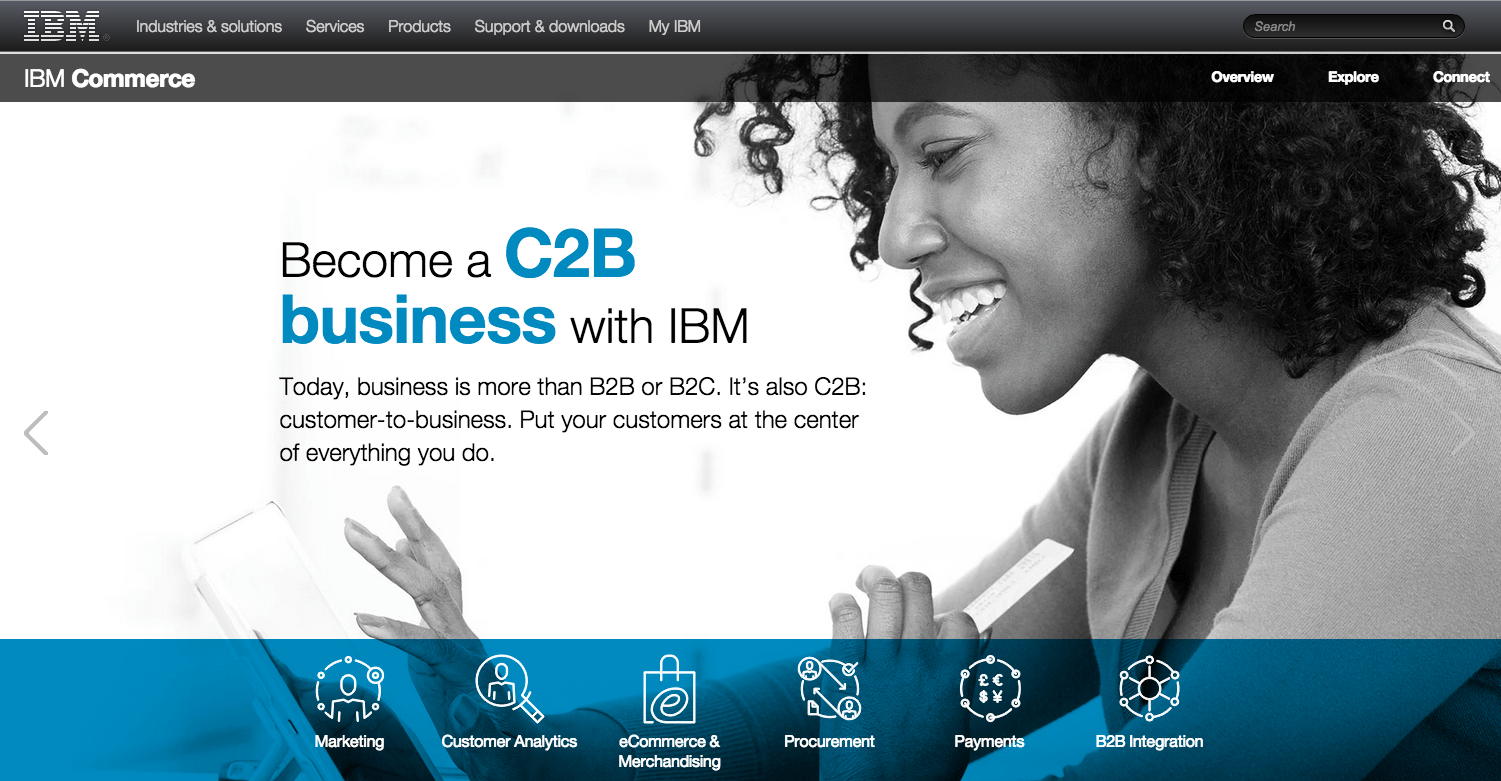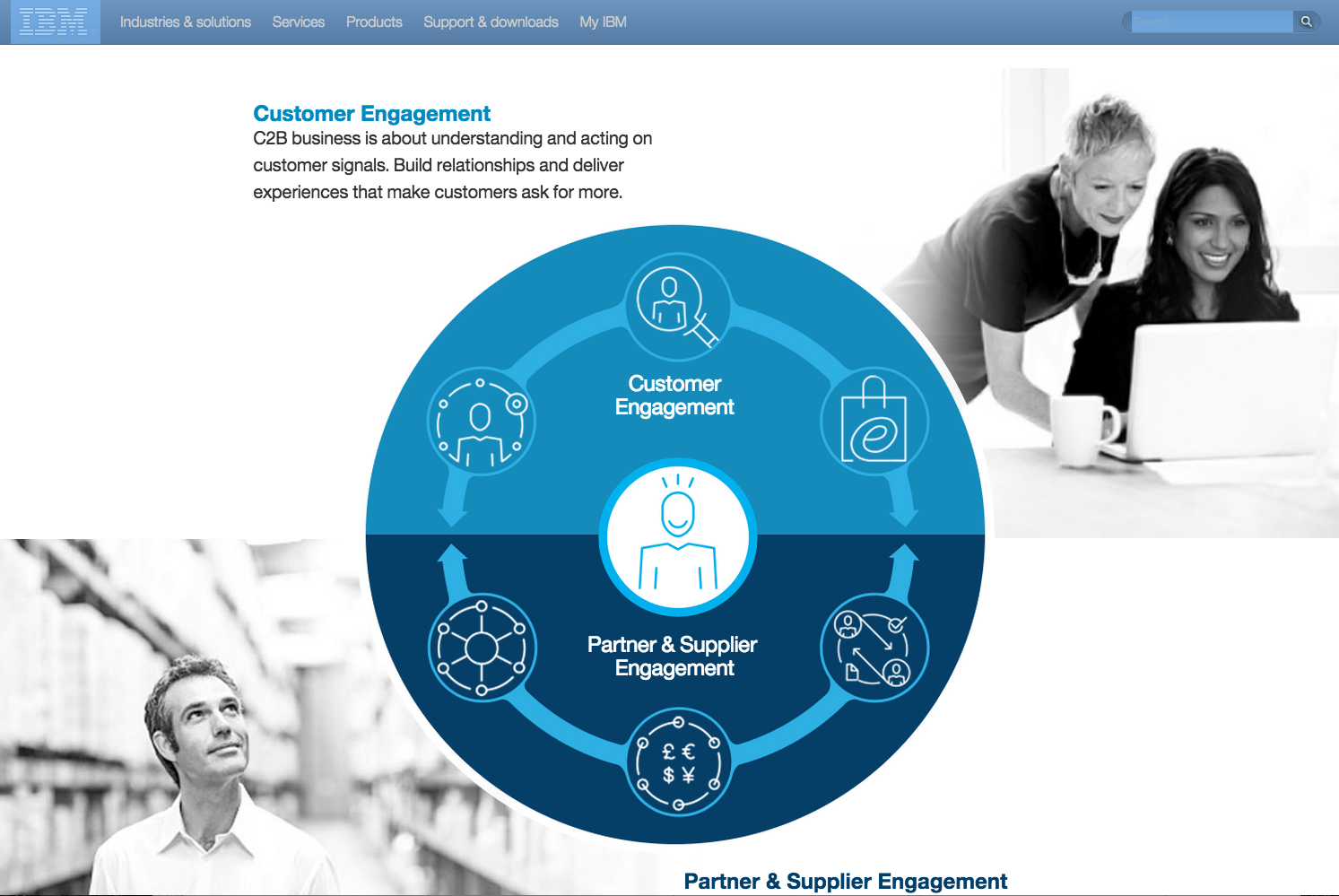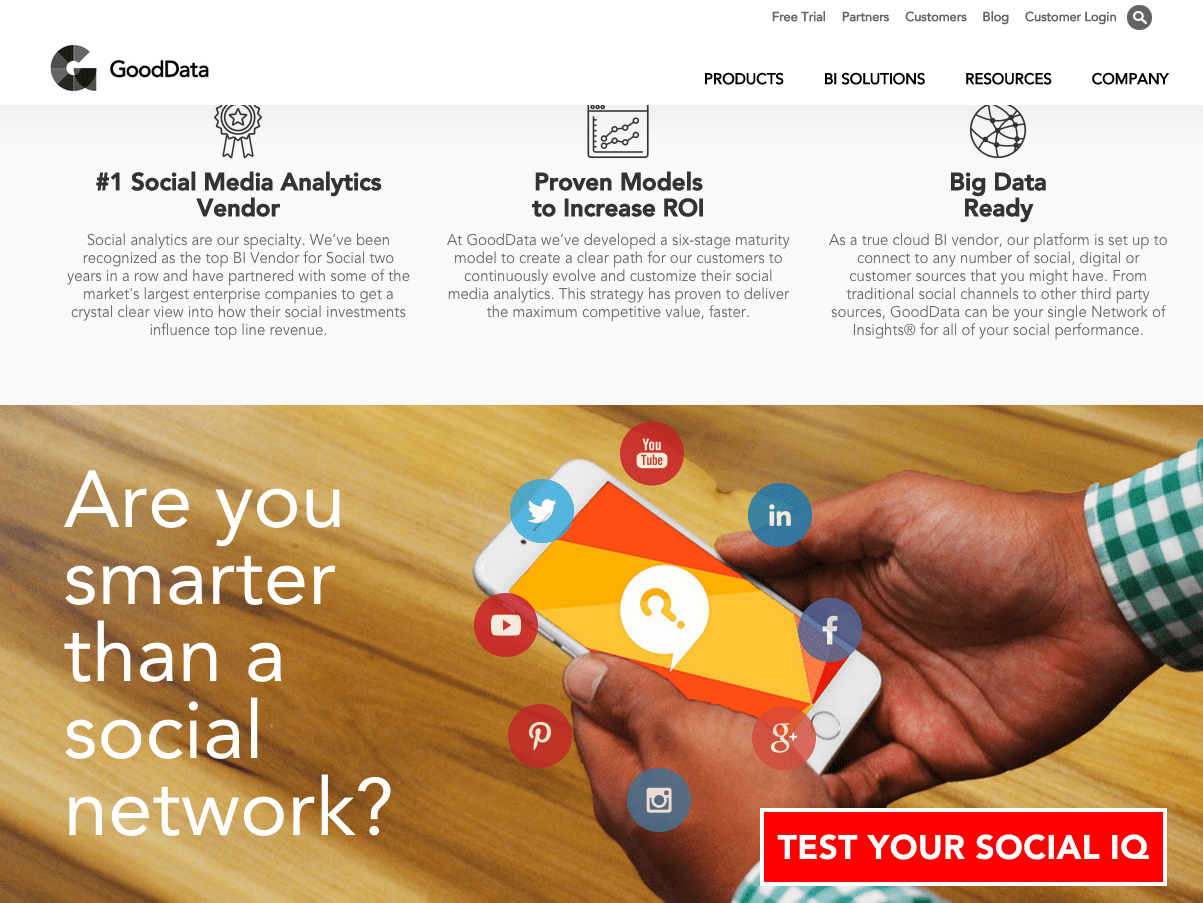How to Become a Marketing Mind Reader
My mother taught me how to write. My father taught me how to defend myself (verbally). Art Center College of Design taught me how to present my ideas. But none of these venerable resources taught me how to read minds. What does mind reading have to do with marketing or design: practically everything.
“I don’t know what I like until I see it,” is a familiar client response to the question,”What are you looking for?” Clients can often tell you what they don’t like, but that won’t take you very far.
Instead of looking at this as frustrating or a potential for wasting time creating multiple solutions in the hopes that one will resonate, creatives can use their finely honed listening skills, intuitive sense and design vocabulary, to infer meaning from a client’s unintentional cryptic language. Becoming a marketing mind reader is a little bit sleight of hand and a lot of sleuthing. By observing your client, studying their competitors and being aware of visual trends, one can become a marketing mind reader with a consistent record of success.
Let me illustrate this phenomenon in action. I tapped into my mind-reading techniques, when a client for whom we were creating a visual brand identity, website and host of interactive media said, “We want something light and fluffy.”
“Light” suggested that the client was seeking something simple and clean, with white space. For the font, I surmised that we should try a lightweight upper and lower case solution, i.e. for page titles, versus bold and all caps.
The word “fluffy” was more challenging. How could electronic media be described as fluffy? Some of the more noticeable and significant changes in web programming are the subtle flourishes one can experience scrolling down a page and seeing a diagram form simply by means of the user scrolling down. These flourishes provide a sense of fluidity and airiness, which comes as close to “fluffy” as my mind reading skills will take me.
I then sought examples of these “light and fluffy” attributes, to confirm with the client, that I was on the right track. When I received that confirmation, I knew exactly how to guide the team in creating the “light and fluffy” experience our client sought.
 In the above image, the IBM Commerce page demonstrates a “light” palette, which consists of a large grayscale image and a blue band made light through transparency. The visual language of the icon navigation is also light and clean. Finally, the text is spare, but elegantly uses the blue color for emphasis.
In the above image, the IBM Commerce page demonstrates a “light” palette, which consists of a large grayscale image and a blue band made light through transparency. The visual language of the icon navigation is also light and clean. Finally, the text is spare, but elegantly uses the blue color for emphasis.
Below, from IBM and Good Data, are examples of the use of rollovers and html5; these flourishes, combined with the overall design, are examples of what many viewers consider “light and fluffy.” (I recommend you go to the sites to see them.)


In conclusion, take these five steps and you too, can become a marketing mind reader:
- Observe your client. Listen extremely carefully to their choice of language.
- Ask to see websites and brands they like and study their competitors. Many clients assume that if their competitors are doing it, it must be good.
- Use your intuition, observational skills and awareness of the digital landscape to intuit what they are trying to express.
- Do online research and find multiple examples that you belive express the concept with which your client is struggling.
- Present the options and delve into the details of why they fulfill the objective.


